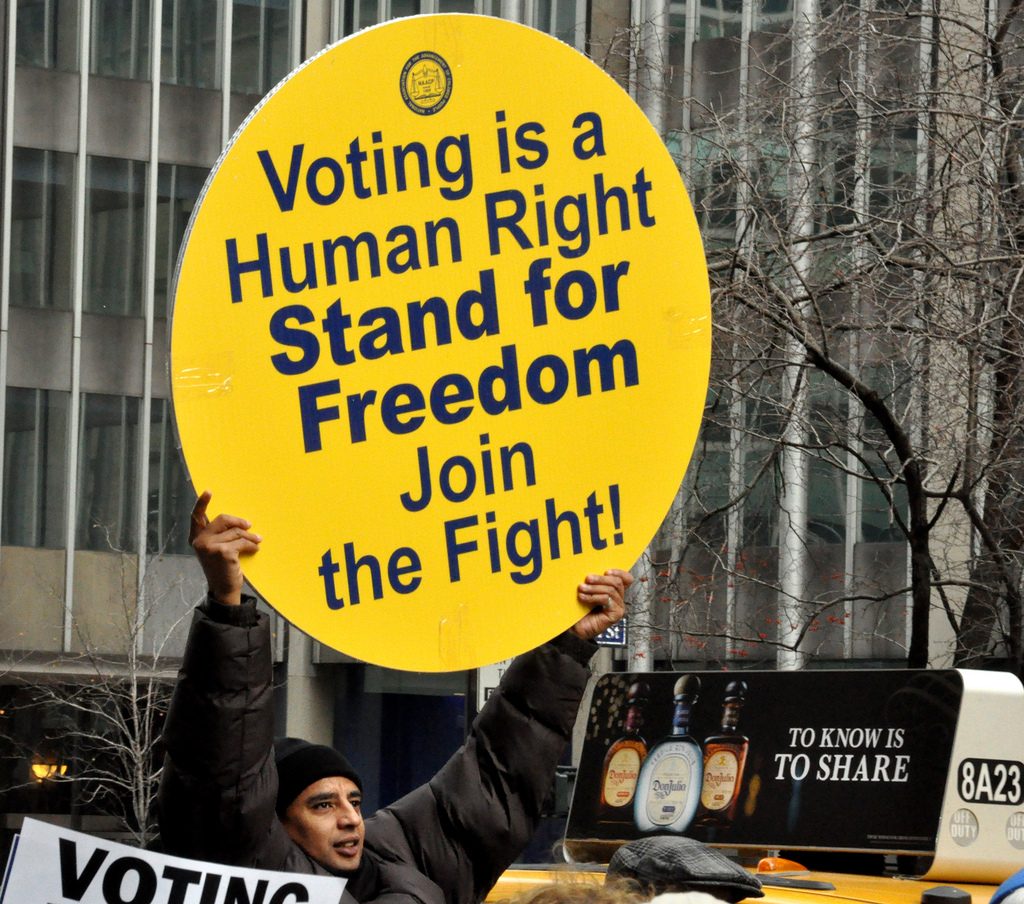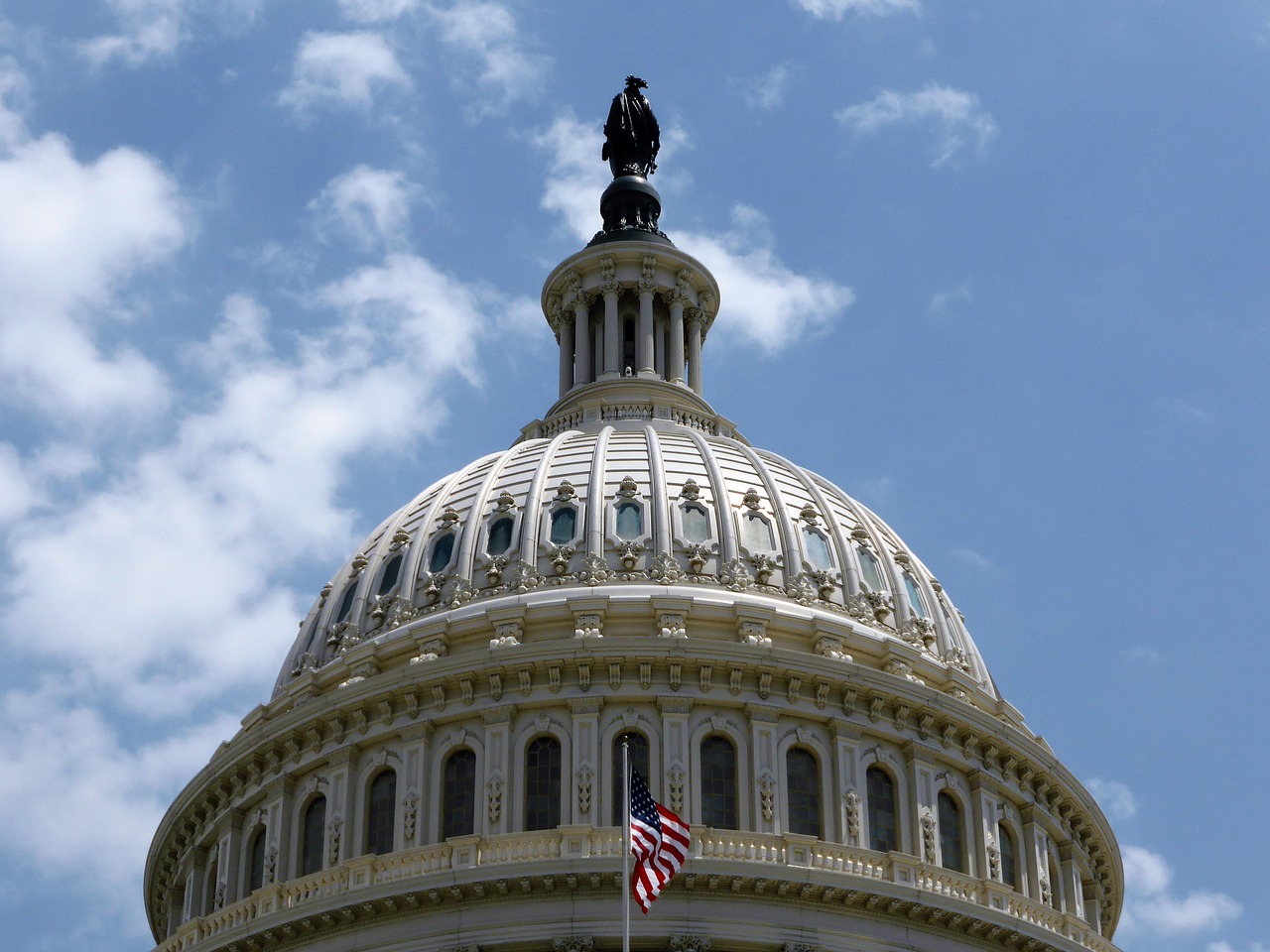Supreme Court Upholds Ohio’s Voter Purge Law as Elections Approach Nationwide
The Supreme Court ruled in a 5-to-4 decision Tuesday that the state of Ohio can legally remove voters from their own registration rolls if they fail to return a mailed address confirmation form — or do not vote for another four years or two federal election cycles.
The conservative justices Anthony Kennedy, Clarance Thomas, Samuel Alito, Neil Gorsuch, and John Roberts sided with the state’s method. The liberal justices, Sonia Sotomayor, Stephen Breyer, Elena Kagan, and Ruth Bader Ginsburg, were against the state’s method.
In the majority opinion, Justice Alito wrote that Ohio’s method did not violate any particular federal law when it comes to this issue. However, in the dissenting opinion, Justice Sotomayor believed that the court ignored legal histories of institutionalized voter suppression as well as federal laws such as the National Voter Registration Act.
The U.S. Supreme Court revives Ohio's policy of purging infrequent voters from its registration rolls: https://t.co/kdmO6dT9KE via @ReutersTV pic.twitter.com/84FIHoqhlW
— Reuters TV (@ReutersTV) June 12, 2018
Since the 2013 Shelby County vs. Holder ruling, state voting laws or practices do not need federal permission or clearance from the Department of Justice before implementation, which was an essential part of the 1965 Voting Rights Act.
As a result of the Holder ruling, 34 states legally require or request all voters some form of identification at the polls. Out of these 34 states, Wisconsin, Indiana, Georgia, and Virginia have the strictest photo identification laws in the country. North Carolina also had some of the strictest voter identification laws, but they were struck down by the Supreme Court due to racial disenfranchisement.
Republicans and conservatives have argued that these voting laws and methods prevent voter fraud, but according to various studies from the Brennan Center for Justice in Washington, D.C., there are minimal claims of actual voter fraud.
Some studies have shown that voting laws passed (as well as enacted) in recent years, along with strict identification rules, shortened or early voting, and purges from registration rolls, have decreased turnout and disenfranchised non-white people of color, the elderly, young people, public college students, and poor people who often vote for progressive candidates or issues on the ballot.




